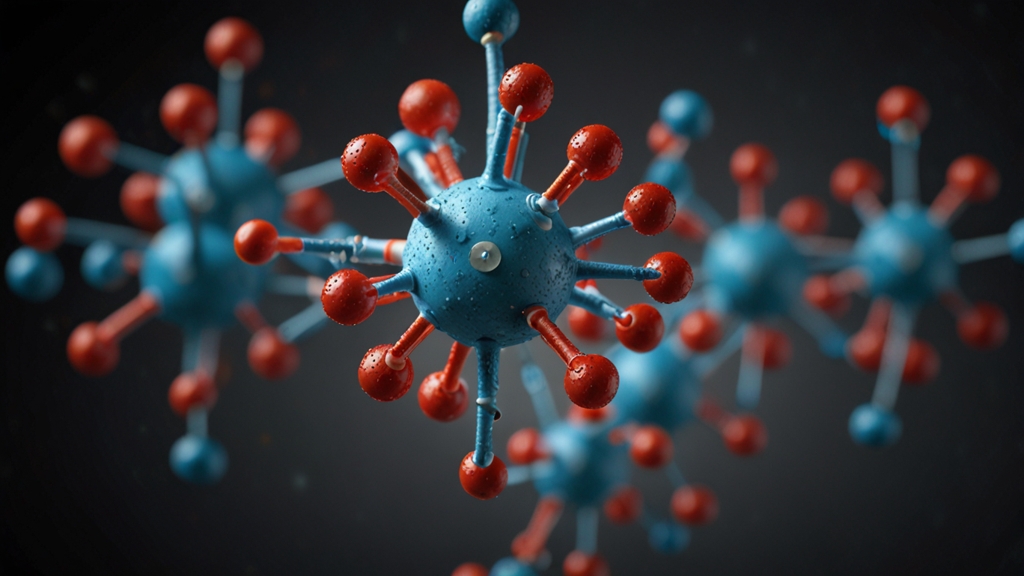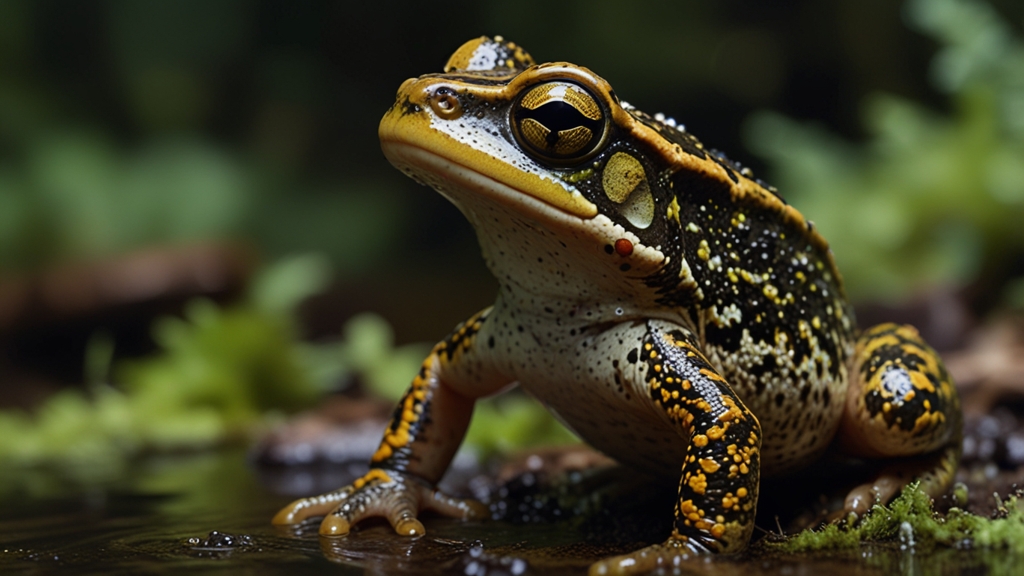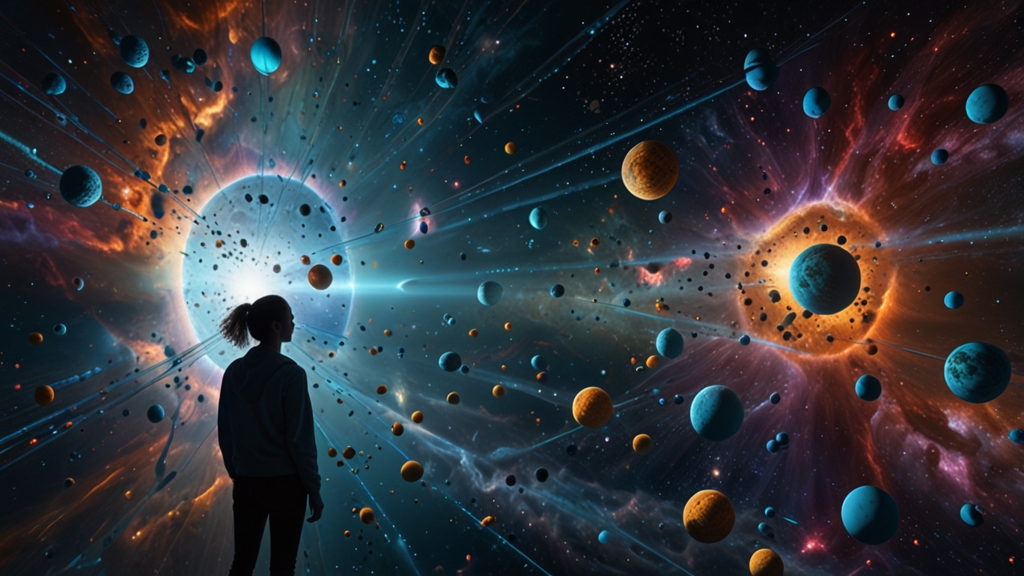The Secret Life of Molecules: Unveiling Chemistry's Hidden Wonders
The world around us is composed of minuscule particles that we barely give a second thought—molecules. These tiny, dynamic entities form the basis of all matter and are involved in every chemical process that sustains life and drives the material transformations we witness daily. Despite their small size, the myriad of interactions and behaviors exhibited by molecules underpin the very fabric of our existence. Let's delve into the secret life of molecules and uncover some of chemistry's hidden wonders.
What Are Molecules?
A molecule is a group of two or more atoms held together by chemical bonds. These atoms can be of the same element, like O2 (oxygen gas), or different elements, like H2O (water). The formation and breaking of these bonds are what fuel the chemical reactions that are the basis for everything from the air we breathe to the processes occurring inside our cells.
The Cosmic Dance: Molecular Interactions
Molecules are not static; they are constantly moving and interacting in various ways. The temperature of a substance directly influences this movement. At warmer temperatures, molecules move more vigorously, while at lower temperatures, they slow down. These interactions are dictated by fundamental forces and principles, such as Van der Waals forces, hydrogen bonding, and ionic and covalent bonds.
"To the thoughtful observer, molecules can be seen as the actors in the grand play of chemistry. Their roles, interactions, and transformations provide the script that tells the story of matter itself." - Anon
Molecular Mysteries: Polymorphism and Allotropes
The same set of atoms can sometimes form different structures, leading to distinctly different properties. Polymorphism refers to the ability of a molecule to crystallize into more than one form, each with different physical properties. For example, carbon atoms can form both diamond and graphite, known as allotropes, with vastly different characteristics despite being made from identical atoms.
Life's Blueprint: DNA and Proteins
The biological world is teeming with molecules that are key to life's processes. DNA (deoxyribonucleic acid) is a prime example, containing the genetic instructions used in the growth, development, functioning, and reproduction of all known living organisms. Proteins, composed of amino acid molecules, are another central actor in the biological theater, performing a wide range of functions—structural, enzymatic, and hormonal.
"The molecule DNA most likely is the most powerful molecule known, as it holds the blueprint for all living organisms. The whirl and twist of this complex molecule is the very dance that sparks life." - Anon
Everyday Molecules: Food and Medicines
A day doesn't go by without coming into contact with molecules in the form of food and medicine. Carbohydrates, proteins, fats, and vitamins are all molecules that nourish our bodies and sustain our health. The pharmaceutical realm also thrives on manipulating the molecular structures to develop drugs that can target specific pathways and diseases, illustrating the critical role of molecular chemistry in our lives.
The Future of Molecular Chemistry
The study of molecules is not static but a continually evolving field. Advances in technology, particularly in quantum chemistry and molecular simulation, are paving the way for profound discoveries. The development of new materials, renewable energy sources, and groundbreaking medical therapies all find their roots in the understanding and manipulation of molecules.
"As we peel back the layers of the molecular world, we unlock potential radical innovations that hold the promise of shaping a future we can only imagine." - Anon
Conclusion
The secret life of molecules reveals the intricate dance of atoms that make up the world we live in. From the food we consume to the medicines we rely on, and the structures of nature and technology, molecules are the silent architects of our reality. Unveiling these wonders not only deepens our understanding of chemistry but also opens doors to a future where molecular innovations may solve some of humanity's most pressing challenges.










